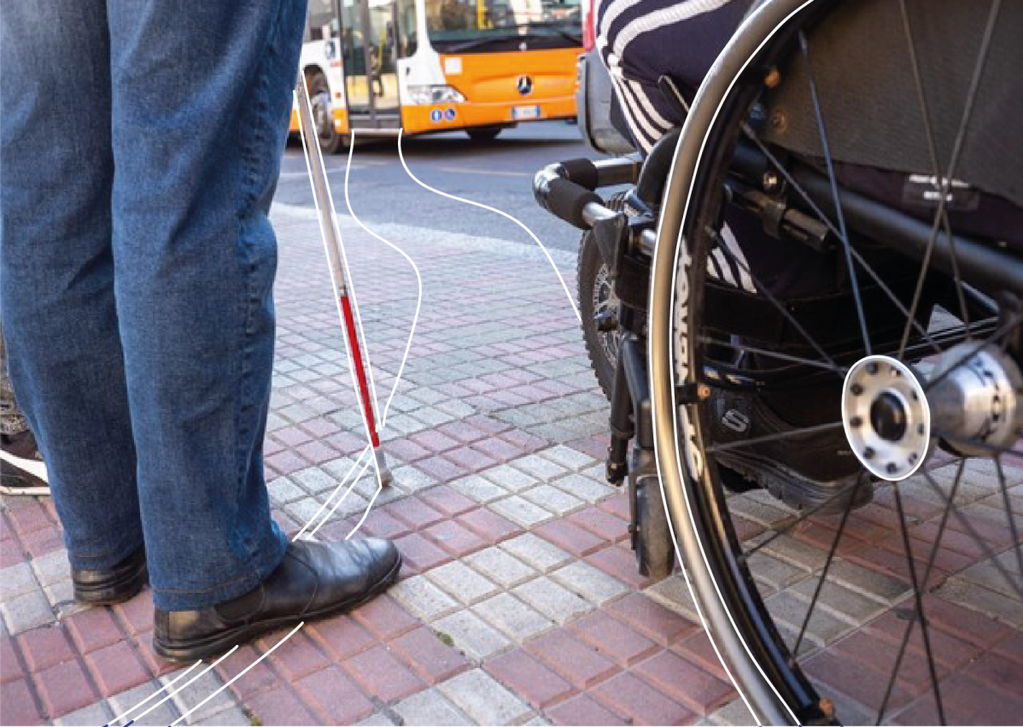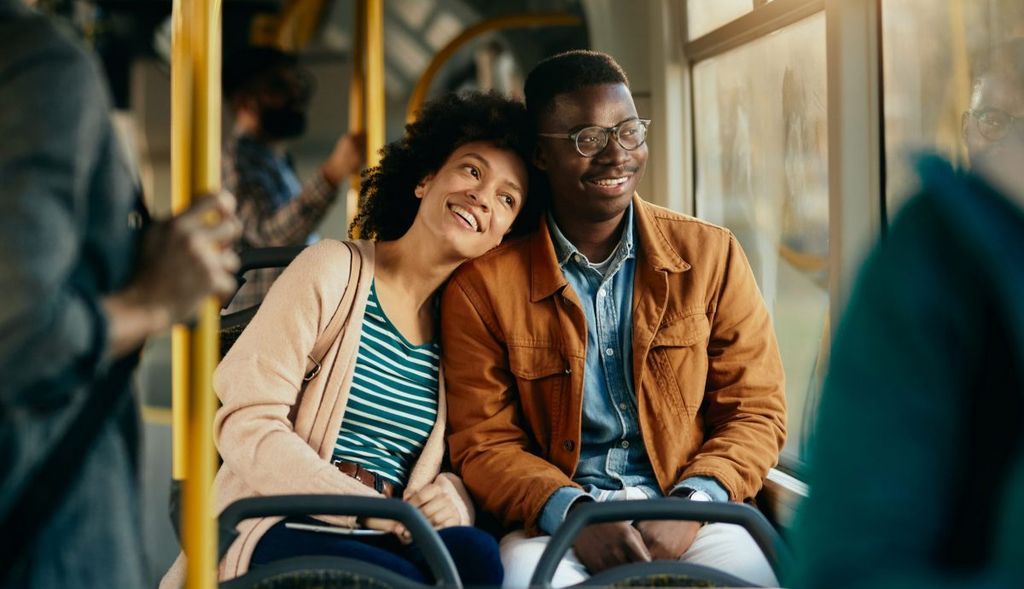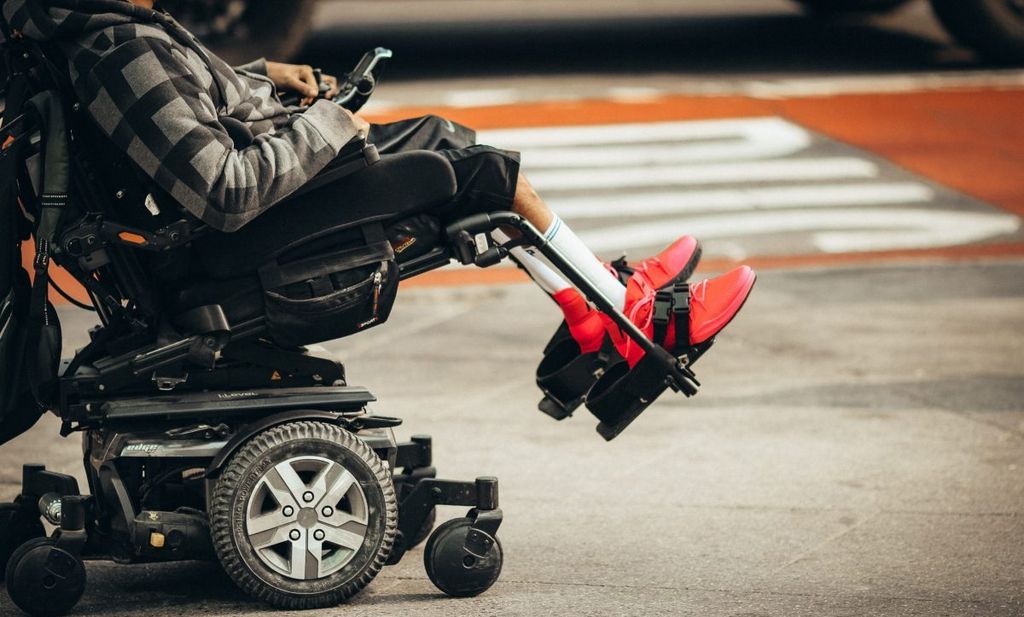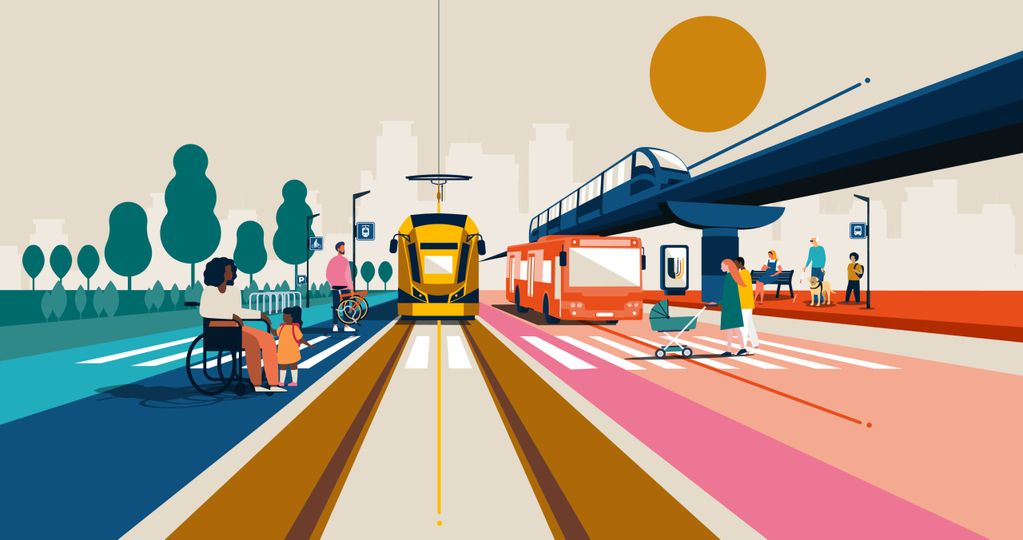
The right to mobility: from a concept to reality with the UPPER project
Imagine being unable to reach your destination, whether it’s work, school, a doctor’s appointment, or a social gathering, because of barriers to mobility. For millions across Europe, this isn’t a hypothetical scenario, it’s a harsh daily reality. For some, the cost of a ticket is the obstacle. For others, it’s the challenge of navigating digital ticketing systems or the lack of accessible infrastructure for those with disabilities. Financial constraints, physical obstacles, and digital illiteracy leave many stranded and cut off from essential services and opportunities. These barriers don’t just limit movement, they limit lives.
Mobility is a necessity, yet for too many, it remains out of reach.
This is why the concept of Mobility as a Right (MaaR) must be at the forefront of discussions about urban development and public policy. Mobility, particularly through public transport, is more than just a way to get from point A to point B. It is a gateway to social inclusion, economic opportunities, and environmental sustainability. However, these benefits can only be realised if mobility systems are accessible, affordable, and inclusive for all.
Mobility assures social participation. It’s about access to education, jobs, and cultural events. Public transport must be affordable, accessible, and of high quality – not just an emergency option for low-income households, but a first choice for all.
Recognising mobility as a fundamental right means designing systems that cater to everyone, regardless of their physical, mental, or social circumstances. It’s about creating public transport that’s not just functional but transformative – enabling freedom, opportunity, and connection.
This is the vision driving the EU-funded UPPER project, coordinated by UITP, which aims to unleash the full potential of public transport and active mobility measures by placing MaaR at its core.
EU initiatives taking the lead
Several partners within the UPPER consortium contributed to all Expert Group on Urban Mobility (EGUM) subgroups set up by DG MOVE. They focused on the ‘Public transport and shared mobility’ subgroup, contributing to the writing and adoption of the first set of recommendations. In Topic 4A ‘How to guarantee public transport inclusiveness considering aging, gender, disabilities, and reduced mobility’, UPPER’s Mobility as a Right concept was cited as ‘one of the pillars of future transport systems’.
At the heart of UPPER’s approach is the UPPER Toolkit, consisting of seven IT tools designed to integrate social and technological innovation. Combined with a user-driven approach, these tools aim to increase public transport use by over 30% and user satisfaction by 25%. But the real goal goes beyond numbers: it’s about ensuring that public transport becomes a right, not a privilege. At an operational level, UPPER is implementing over 80 measures across 10 European cities and regions, testing innovative approaches to make mobility more inclusive, sustainable, and user-centric.
Take Oslo, for example, where the ‘Mind the Gap’ programme is breaking down mobility barriers by fostering a culture of social inclusion within the public transport workforce. By starting from within, the program ensures that inclusivity becomes a core value of the system itself. Meanwhile, Lisbon is progressing with initiatives like ‘Mexe-te pela Tua Cidade’ (Move for Your City). This program creates car-free zones around schools, transforming these areas into safer, quieter spaces where children can walk, cycle, and interact freely. By reducing car traffic, the initiative not only improves safety but also encourages healthier, more sustainable habits for families.
The city’s public transport authority, Transportes Metropolitanos de Lisboa (TML), is also conducting a comprehensive study to assess accessibility for people with disabilities across its metropolitan transport network. As Faustino Gomes, President of TML, explained during the 5th General Assembly of the project, “One of our biggest priorities is inclusion. Significant progress has been made in serving people with disabilities, but there’s still much more to do. UPPER has been instrumental in supporting this mission, helping us integrate accessibility into every aspect of our transport system.”
Watch the General Assembly wrap-up video
UPPER’s collaborative approach allows cities to learn from one another’s experiences, fostering an exchange of knowledge and solutions to common challenges. This process supports the implementation of effective strategies and provides lessons and guidance for other cities. Inclusion, after all, isn’t achieved in a single effort – it’s an ongoing journey that requires collaboration, innovation, commitment, and, most importantly, listening to those who rely on public transport every day.
A conversation on putting users first
While Faustino Gomes highlighted Lisbon’s progress, Diogo Martins, Advisor for Passengers with Special Needs at Comboios de Portugal (CP), delved deeper on what it takes to create truly inclusive transport systems. Over a breakfast discussion hosted by UITP’s Brussels office, Diogo shared his insights on putting users first.
“First and foremost, collaborate with people with disabilities,” he emphasised. “They provide the most relevant and specific solutions. It’s not just about seeking their feedback, it’s about co-creating solutions that meet real user needs.” In this way, the stakeholders can ensure they are using all their capacity to actually improve planning and public transport networks.
Diogo pointed to some successful examples, such as Berlin’s new trams and Alstom’s Coradia trains, both designed with direct input from disabled users. These projects demonstrate the importance of embedding accessibility into every stage of design and implementation, and working with disabled people is the way to go. “It is not about asking, it’s about working together“, he added.
When asked about Lisbon’s cultural context and its influence on accessibility, Diogo explained: “It works both ways. Policies influence society because if you don’t see disabled people in public spaces, you assume they don’t exist, which is one part of the issue. The other part is the way how society sees disabled people, as societal attitudes shape policies. So, this this vicious cycle needs to be broken. It requires time and patience. Start with small changes, and over time, move to the complex ones. People will realise that we’re not ‘special’ or ‘different’ – we just have specific needs.”
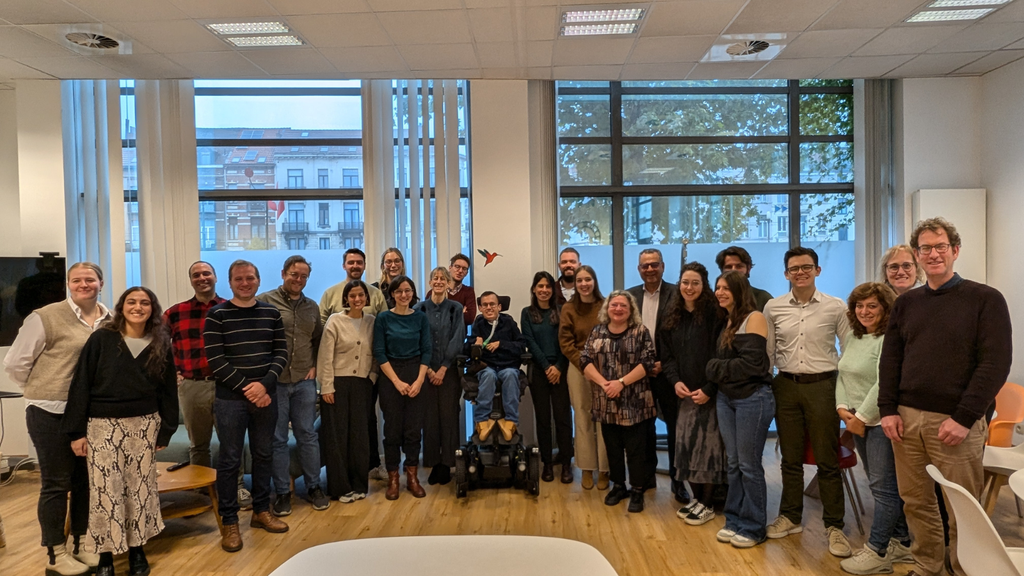
Mobility + Inclusiveness = Freedom
As cities strive to meet meet sustainability targets and become smarter, they must ensure that no one is left behind. This means designing transport systems that are not only green and efficient but also equitable and accessible. UPPER, alongside other EU-funded projects, is leading the way. However, turning Mobility as a Right into reality will require strong political will and collaboration from all actors, across all levels of government. This is the challenge the UPPER consortium is determined to overcome: making mobility a right, not a privilege.
Inclusion isn’t just about policies – it’s about changing perceptions. When we design for everyone, we create a world where everyone belongs.
Join the movement
If you felt inspired and are interested in this topic, don’t miss the upcoming webinar jointly organised by Eurocities and ICLEI (through UPPER, REALLOCATE, and JUST STREETS projects) on 26 February 2025, from 10:00 to 11:30 CET. The webinar will explore mobility justice, accessibility for vulnerable groups, and the specific mobility needs of various age groups. Register here.
Discover more about UPPER’s mission and stay tuned for updates on how we’re making Mobility as a Right a reality across Europe.
become a member


